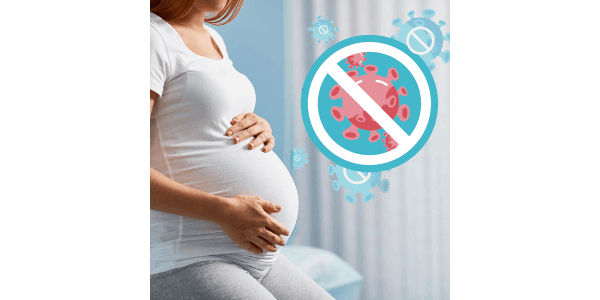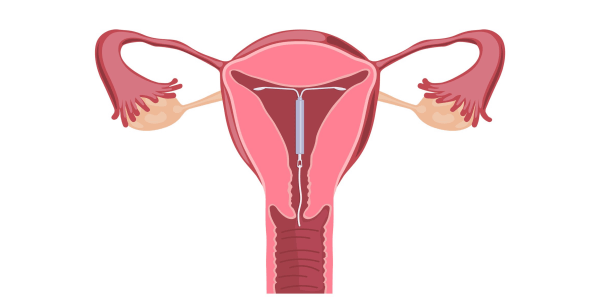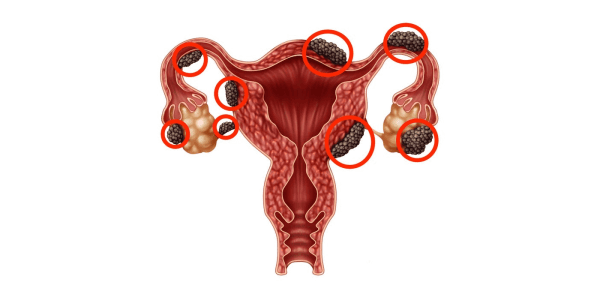


Disclaimer: The information given here neither claims to provide complete knowledge of the topic (which is anyway beyond the scope of this website), nor is it substitute of a professional medical advice. Kindly consult your doctor for complete evaluation and assessment of the complaints, and visit nearest healthcare facility in case of any emergency. Kindly do not make diagnosis or initiate/stop any treatment on basis of this information.

Covid 19 is here to stay, and we have to deal with it in day to day life. But this should not prevent us from making progress in our personal and professional life. Conceiving is an important step for any married couple, and right knowledge can make a difference.
- Eating healthy meals
- Exercise regularly
- Getting plenty of sleep(6-8hrs)
- Avoid alcohol,nicotine
- Regularly taking recommended medications,including prenatal vitamins
If you think you have been exposed to the corona virus,please call your obstetrics or other health care provider.
If you have emergency warning signs go to hospital right away. Warning signs- shortness of breath, pressure in the chest, lethargy, persistent fever.
Currently there is no evidence of a fetus being infected by Covid 19 prior to birth even when the mother has been infected during her pregnancy. It is also unlikely for the baby to develop abnormalities due to virus.Some women may be at higher risk for complications if they have other medical proble
In most cases, the timing and method of delivery (vaginal birth or cesarean birth) do not need to change because of Covid. Please talk to your obstetrics provider.

The postpartum period is classically defined as 6 weeks after delivery. The postpartum recovery is not a matter of few days. While most women feel recovered by 6-8 weeks, full recovery can take months. In postpartum period the uterus returns to the normal size. Weight reduction happens. Recovery of pelvic organ takes place. Also mother has to deal with the responsibility of breast-feeding and care of the child.
A newborn should be put upto the breast at least every 2 to 3 hours and nurse for 10-15 minutes on each side. It also allows enough time to stimulate your body to build up your milk supply.

IUD is one of the most effective contraceptive methods. If correctly placed, it is 99?fective.
Depends on the type. The copper IUD lasts for 10 yrs, the hormonal between 3-7 yrs.
No, neither of you will feel it. Intercourse happens in the vagina, while the IUD is placed in the uterus.
IUD does not protect STD.Couples who are having sex must always use condoms along with the IUD to protect against STDs.
No,the world health organisation and several other western societies recommend the IUD as the first line contraception for teen girls and for women who have never given birth.

It can cause a range of problems from minor discomfort to serious issues. Painful bleeding and heavy menstruation cause discomfort and may cause anemia. In severe cases multiple cysts may form. If endometriosis spreads to surrounding organs, it may cause adhesions. Consequentially, it may restrict the ability to conceive.
About 25 to 50% of infertile women have endometriosis, and 30 to 50% of women with endometriosis are infertile.
Endometriosis can influence fertility in several ways: distorted anatomy of the pelvis, adhesions, scarred fallopian tubes, inflammation of the pelvic structures, altered immune system functioning, changes in the hormonal environment of the eggs, impaired implantation of a pregnancy, and altered egg quality.
In mild cased, generally oral medicines are sufficient. If there are severe symptoms, hormonal intrauterine devices are also used. If there is no improvement, or there is associated infertility, surgical treatment of endometriosis is strongly considered.